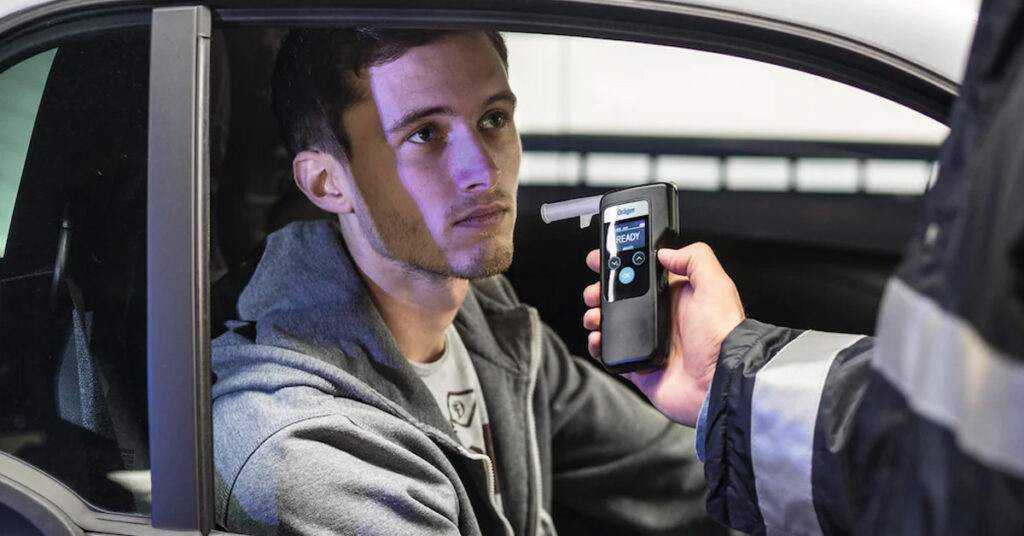Introduction
Alcohol detection technology has become an essential tool in ensuring public safety and reducing the risks associated with alcohol-impaired driving. With advancements in technology, various measures have been implemented to make alcohol detection devices more foolproof and reliable. In this article, we will explore the foolproof measures in alcohol detection technology that help improve accuracy, prevent tampering, and ensure the effectiveness of these devices.
Breath Alcohol Testing
Breath alcohol testing is one of the most common methods used for alcohol detection. It involves measuring the concentration of alcohol in a person’s breath to estimate their blood alcohol content (BAC). To ensure the accuracy and reliability of breath alcohol testing devices, several foolproof measures have been implemented:
1. Fuel Cell Technology
Fuel cell technology is widely used in breathalyzers for alcohol detection. It works by converting the alcohol molecules in a person’s breath into an electric current, which is then measured to determine their BAC. Fuel cell-based breathalyzers offer high accuracy, reliability, and stability, making them less susceptible to false readings caused by other substances, such as mouthwash or medications.
2. Calibration and Quality Control
Regular calibration and quality control checks are essential to maintain the accuracy of breath alcohol testing devices. Manufacturers provide specific guidelines for calibration and recommend regular checks to ensure that the device is functioning correctly. This includes checking the accuracy of the device using a known alcohol standard and performing routine maintenance to calibrate and adjust the sensors.
3. Mouthpiece Requirement
Breath alcohol testing devices typically require the use of a disposable mouthpiece. This ensures that the breath sample is collected directly from the individual being tested, preventing contamination from external sources. The use of a mouthpiece also helps maintain hygiene and prevents the spread of germs or diseases.
4. Automatic Sampling and Flow Control
To ensure consistent and accurate results, modern breath alcohol testing devices employ automatic sampling and flow control mechanisms. These features control the flow of breath into the device, ensuring that an adequate sample is collected and analyzed. They also prevent the individual from manipulating the test by blowing forcefully or not providing a sufficient breath sample.
In-Car Alcohol Detection Systems
In-car alcohol detection systems, also known as ignition interlock devices, are designed to prevent alcohol-impaired individuals from operating a vehicle. These systems incorporate several foolproof measures to ensure their effectiveness and reliability:
1. Start-Up Test
When the driver attempts to start the vehicle, in-car alcohol detection systems require a breath sample to determine their BAC. This start-up test ensures that the driver is not under the influence of alcohol before operating the vehicle. If the BAC exceeds a predetermined threshold, the vehicle will not start, preventing any potential accidents.
2. Random Re-Tests
To prevent individuals from circumventing the system, in-car alcohol detection systems also require random re-tests while the vehicle is in motion. The driver is prompted to provide breath samples at random intervals, ensuring ongoing sobriety throughout the journey. If the driver fails to provide a satisfactory breath sample during a random re-test, the system may activate an alarm, record the event, or initiate other predefined actions, such as alerting authorities or disabling the vehicle’s ignition.
3. Tamper Detection
In-car alcohol detection systems are equipped with tamper detection mechanisms to prevent individuals from tampering with or bypassing the device. These mechanisms can detect and record any attempts to circumvent the system, such as using devices to blow air into the breathalyzer or disconnecting the device. Tamper detection features help maintain the integrity and reliability of the system.
4. Data Logging and Reporting
To ensure accountability and monitoring, in-car alcohol detection systems often include data logging and reporting capabilities. These systems record and store information about breath tests, test results, and any detected tampering attempts. The data can be accessed by law enforcement, probation officers, or other authorized individuals to monitor compliance and identify any patterns of alcohol use or tampering.
Conclusion
Foolproof measures in alcohol detection technology are crucial in maintaining accuracy, reliability, and effectiveness in detecting alcohol impairment. Breath alcohol testing devices employ fuel cell technology, calibration, and quality control measures to provide accurate results. In-car alcohol detection systems incorporate start-up tests, random re-tests, tamper detection features, and data logging to prevent alcohol-impaired individuals from operating vehicles. By implementing these foolproof measures, alcohol detection technology plays a vital role in ensuring public safety and reducing the risks associated with alcohol-related incidents.

